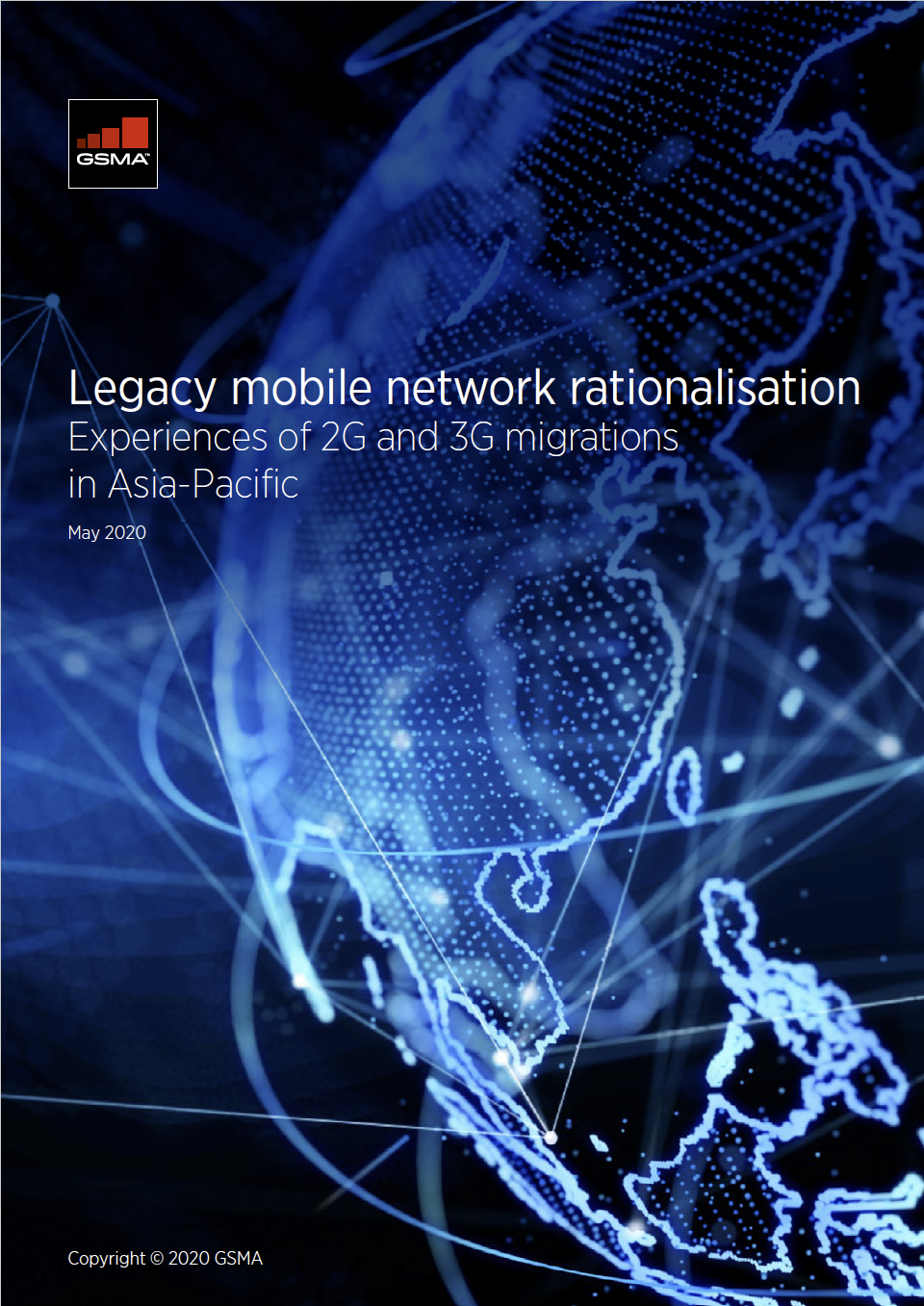Mobile operators worldwide are exploring opportunities to deploy 4G and 5G technologies by re-using spectrum currently supporting 2G and 3G services. The payoff from network rationalisation includes improved capacity, data speeds and broadband coverage. Drawing on experiences from mobile operators across the Asia-Pacific region, a new report from the GSMA takes an in-depth look at this important topic.
The pioneers are found in this region. The “Legacy mobile network rationalisation – Experiences of 2G and 3G migrations in Asia-Pacific” is based on projects conducted by mobile operators in six countries. It looks at the most suitable regulatory and market conditions for achieving a smooth and successful process.
For mobile operators around the world, it is an opportunity to reduce the extra cost of running multiple networks. Savings can be realised by:
- Simplifying network management operations and RF planning;
- Avoiding costly maintenance of ageing network equipment, including equipment spares;
- Eliminating ongoing costs of software licences;
- Reducing lease cost of tower space for multiple antennas; and
- Lowering energy consumption of the network.
Network rationalisation benefits everyone
However, thanks to the potential for improved capacity, data speeds and broadband coverage; consumers and businesses also stand to gain. As a result, mobile operators can develop more innovative services based on 4G and, when the time is right, 5G.
Importantly, based on the experience in the Asia-Pacific region, network rationalisation lessons learned include:
- Operators typically initiate legacy shutdown plans and usually switch off at different times depending on their user base;
- Which technology to retire depends on specific market circumstances and potential obligations;
- The full process generally carries a transitional period of around three years, with preparations commencing earlier than formal public announcements;
- A reasonable formal notice period commonly comes along with a well-designed campaign targeting affected customers, possibly assisted by the regulator;
- Switch-off process may include upgrade incentives for long tail customers, with comparably priced plans, and handset recycling initiatives.
Finally, download the and go here to learn more about spectrum licensing.


